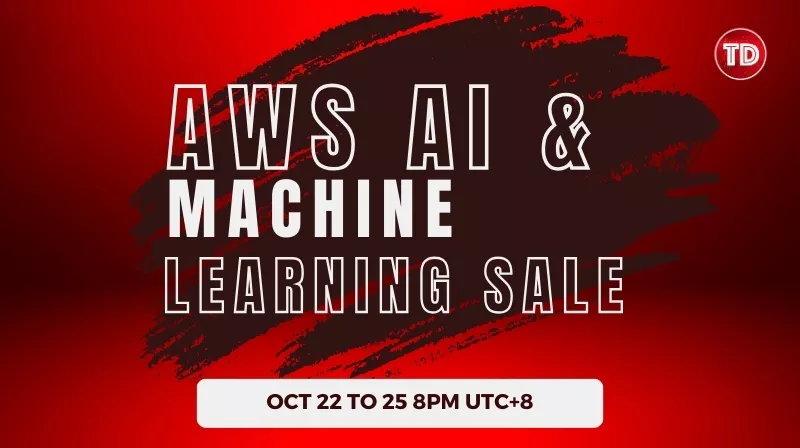The phrase “data is the new oil” or “data is the new gold” may sound like a cliche, but it captures the fact that data is a critical asset for modern businesses. Companies have long used data to inform strategic decisions, especially in today’s tech industry. Many organizations now build dedicated data analytics teams to harness information gathered from various sources. Yet, for an average Joe, the process of transforming data into actionable insights can seem like a black box. This is where data ingestion comes into play, serving as a crucial step in distilling structured and unstructured data into understandable information valuable to both technical and non-technical audiences. Data ingestion is the process of obtaining and importing data from one or several sources. After this data is consolidated from its various sources, it is then processed and utilized to meet the requirements of data analysts. This process opens up limitless possibilities, as the gathered data can be used for in-depth analytics and developing machine learning algorithms. When leveraged effectively, such extensive datasets become instrumental in driving understanding and progress. Looking back at the definition alone will surely make someone ask, “Will this require a lot of processing power and operational overhead?” — and the short answer is yes. However, this is where cloud computing comes in handy. In the context of AWS, many managed services are already available for data ingestion and the whole data pipeline. Companies and organizations already realize that using on-premises solutions will take much work to meet their data processing needs, especially in terms of scalability. Additionally, data ingestion also occurs when a company migrates all its data operations to the cloud. Data ingestion in AWS involves transferring data from various sources into an AWS environment for storage, processing, and analysis. This process is crucial whether dealing with homogeneous data (uniform data types and formats) or heterogeneous data (diverse data types and formats). AWS provides a range of tools and services that efficiently handle both types of data ingestion. This data ingestion pattern refers to the process of importing data that is uniform in format and structure, such as logs from similar types of devices or transaction records from a single application. The following are some use cases that use a homogenous data pattern: Additionally, In a migration-type context, a homogenous pattern is also observed when moving on-premises relational database data to databases hosted on Amazon EC2 instances and Amazon RDS. This data ingestion pattern involves managing data that comes in various formats and structures, such as a mix of structured, semi-structured, and unstructured data. The following are some use cases that use a heterogenous data pattern: For database migration, you can use the AWS Database Migration Service (AWS DMS), which supports both homogeneous and heterogeneous database migrations. Homogeneous migration is the process of migrating a data source to a similar database engine, such as Oracle to Oracle, MySQL to MySQL, etc. Conversely, heterogeneous migration is when you migrate one type of database to a different type, like Oracle to MySQL, MS SQL to Amazon Aurora, MySQL to DynamoDB, and the like. There is a suite of tools you can utilize in AWS. However, before even choosing any of these tools, it is important to first identify the nature of the data you are trying to ingest. Determining whether you would be executing a homogenous data pattern or heterogeneous data pattern is crucial for efficient data ingestion. For homogenous data, focusing on scalability and efficiency is key, while heterogeneous data ingestion requires robust transformation and normalization processes. Ensuring data security and integrity is paramount, especially in industries handling sensitive information. Regularly monitoring and managing costs associated with data storage and processing also helps maintain an efficient and cost-effective data ingestion pipeline. What is Data Ingestion?
The Unfair Advantage of Cloud Computing
Types of Data Ingestion Patterns
Homogenous Data Ingestion Patterns
AWS Tools and Real-Life Scenarios
Heterogenous Data Ingestion Patterns
AWS Tools and Real-Life Scenarios
Best Practices for Data Ingestion in AWS
References:
Data Ingestion in AWS: Handling Homogenous and Heterogenous Data
AWS, Azure, and GCP Certifications are consistently among the top-paying IT certifications in the world, considering that most companies have now shifted to the cloud. Earn over $150,000 per year with an AWS, Azure, or GCP certification!
Follow us on LinkedIn, YouTube, Facebook, or join our Slack study group. More importantly, answer as many practice exams as you can to help increase your chances of passing your certification exams on your first try!
View Our AWS, Azure, and GCP Exam Reviewers Check out our FREE coursesOur Community
~98%
passing rate
Around 95-98% of our students pass the AWS Certification exams after training with our courses.
200k+
students
Over 200k enrollees choose Tutorials Dojo in preparing for their AWS Certification exams.
~4.8
ratings
Our courses are highly rated by our enrollees from all over the world.

















